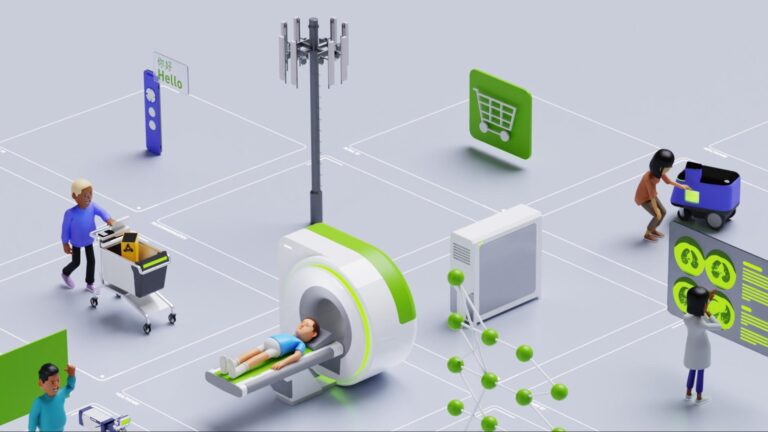 NVIDIA RTX Video is a collection of AI video enhancements that improve the visual quality of lower-quality video. RTX Video Super Resolution was announced…
NVIDIA RTX Video is a collection of AI video enhancements that improve the visual quality of lower-quality video. RTX Video Super Resolution was announced…
NVIDIA RTX Video is a collection of AI video enhancements that improve the visual quality of lower-quality video. Originally released as a driver API, NVIDIA RTX Video is now available as an SDK, letting you integrate these effects directly into your own applications. NVIDIA RTX Video Super Resolution upscales video while removing compression artifacts.

 NVIDIA Holoscan is the NVIDIA domain-agnostic multimodal real-time AI sensor processing platform that delivers the foundation for developers to build their…
NVIDIA Holoscan is the NVIDIA domain-agnostic multimodal real-time AI sensor processing platform that delivers the foundation for developers to build their… NVIDIA Parabricks expands the NVIDIA emphasis on solving omics challenges with deep learning and continues accelerating genomics instruments. NVIDIA Parabricks…
NVIDIA Parabricks expands the NVIDIA emphasis on solving omics challenges with deep learning and continues accelerating genomics instruments. NVIDIA Parabricks… NVIDIA JetPack SDK powers NVIDIA Jetson modules, offering a comprehensive solution for building end-to-end accelerated AI applications. JetPack 6 expands the…
NVIDIA JetPack SDK powers NVIDIA Jetson modules, offering a comprehensive solution for building end-to-end accelerated AI applications. JetPack 6 expands the… NVIDIA ACE—a suite of technologies bringing digital humans to life with generative AI—is now generally available for developers. Packaged as NVIDIA NIMs,…
NVIDIA ACE—a suite of technologies bringing digital humans to life with generative AI—is now generally available for developers. Packaged as NVIDIA NIMs,…